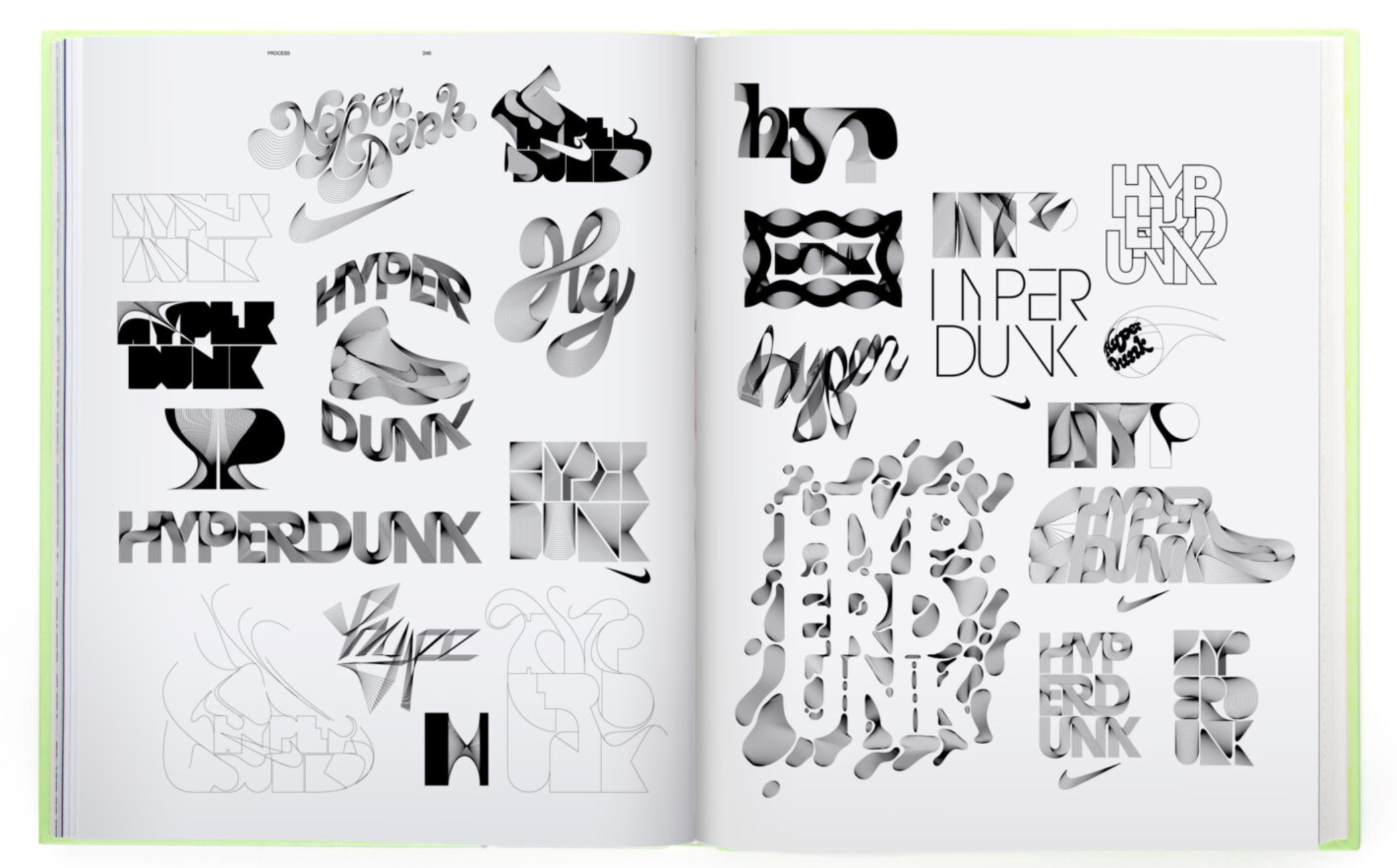Major Contribution
Introduction
Alex Trochut is widely recognized for reshaping how typography functions—not just as a vehicle for legibility, but as an expressive art form in itself. His most impactful contribution lies in his ability to merge image and text into one unified concept. Trochut sees typography as both communication and illustration, believing that type should not only be read, but also felt. His work consistently challenges traditional boundaries, leading a visual movement that values decoration, emotion, and visual storytelling within type.
Type as Image
One of Trochut’s signature approaches is treating type as image. Rather than separating form and content, he blends the two into a hybrid visual language. In many of his posters and commercial work, letters become fluid, organic shapes, embedded with motion and narrative. This approach is most evident in his album cover designs and editorial illustrations, where letters morph into almost sculptural forms. His projects often blur the line between legibility and abstraction, inviting viewers to engage more deeply with the visual message. In Trochut's world, typography becomes the artwork itself, not just a caption beneath it.

“More is More”
While much of modern design has long been dominated by the mantra “less is more,” Trochut stands as a bold advocate of “more is more.” His 2011 monograph, titled More is More, encapsulates his decorative philosophy and serves as a direct challenge to minimalist traditions. Rather than avoiding ornamentation, he embraces it. Trochut uses detail and texture to create richness, believing that excess can be meaningful and intentional. This mindset not only reclaims the value of maximalism in graphic design, but also empowers designers to pursue individuality over strict formalism. His style is layered, electric, and filled with typographic energy.

Impact
Trochut’s philosophy and style have had a profound influence on contemporary typography, particularly within music, fashion, and editorial design. He has inspired a new wave of designers to approach type as a narrative tool rather than a static system. His use of decorative fonts and hybrid illustrations has helped elevate the status of expressive type within branding and motion design. Many young designers now reference Trochut when discussing the emotional power of typography, and his legacy continues to challenge what type can do in a visual culture dominated by speed and simplicity. He showed that complexity, when intentional, can speak even louder than simplicity.